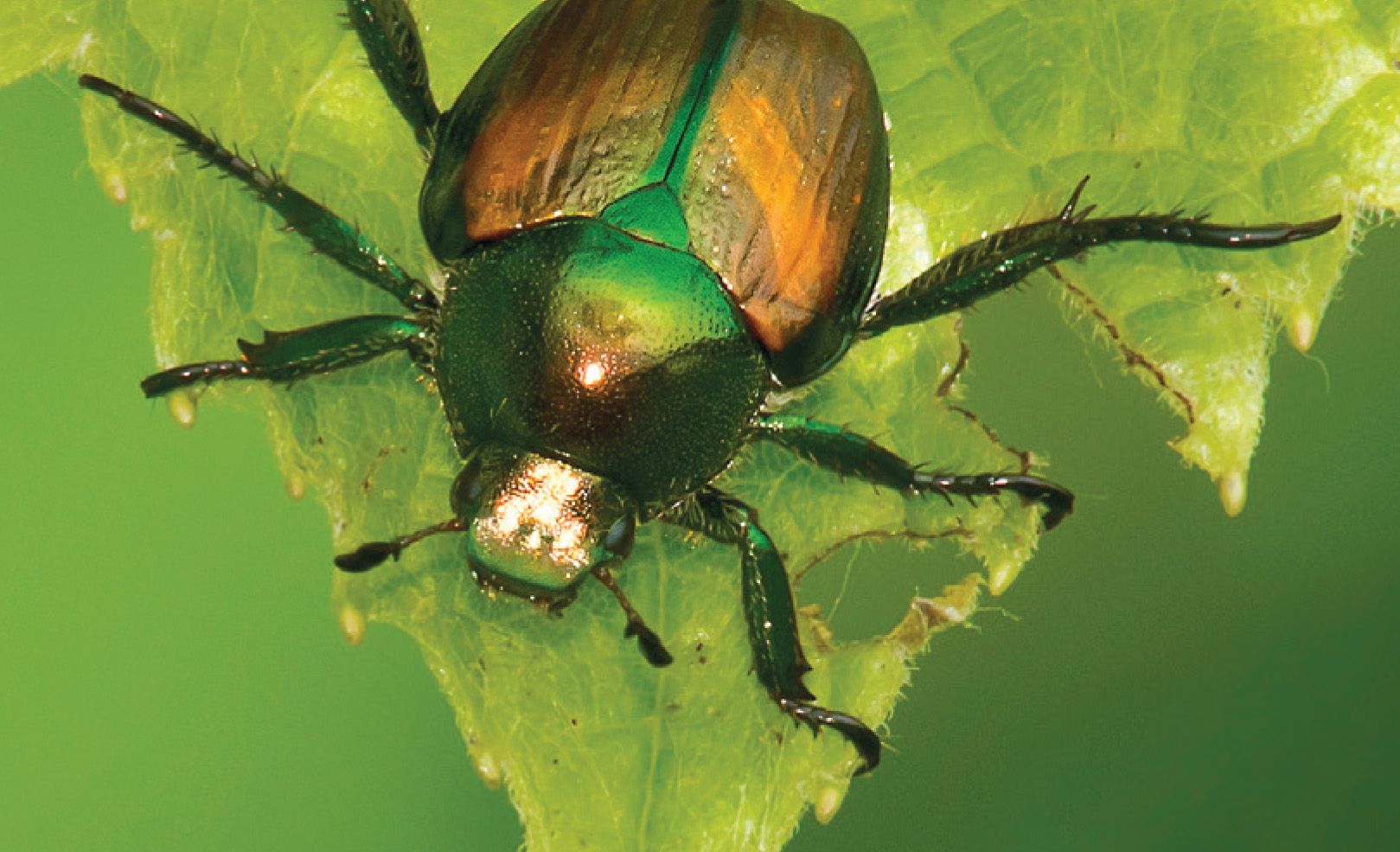After a massive eradication project last spring, the Oregon Department of Agriculture is happy to report no detections of the Asian gypsy moth in more than 19,000 traps statewide.
The good results indicate there will be no need for ODA to come back next year with additional treatment for the invasive, plant eating pest. The manager of ODA’s Insect Pest Prevention and Management Program says they’ll do two more years of high density trapping before they can officially declare the gypsy moth eradicated, but it looks like their treatments were successful.
Reports that Asian gypsy moth populations in the Pacific Rim are down is welcome news to Oregon and Washington.
However, since new introductions of gypsy moths can occur any year, Oregon is probably never going to be out of the woods when it comes to the threat of the invader which is why trapping is so important. Early detection allows for a rapid response in the form of insecticide spraying to eliminate the moth populations.
The insect that is drawing the most attention now is the Japanese beetle which has been detected in record numbers in Washington County this last summer. To date, the Oregon Department of Agriculture has found 265 Japanese beetles in traps placed in the area as well as numerous live beetles causing feeding damage on roses and other plants.
No eradication plans have been made yet in response to the most recent outbreak. ODA will continue to trap for Japanese beetles in hopes of pinpointing the location of the breeding population and potential treatment next year.
The ODA encourages residents to cooperate with field technicians who are maintaining traps and to be aware that this infestation can be spread by the movement of plants, roots, and soil that originate from this area.



